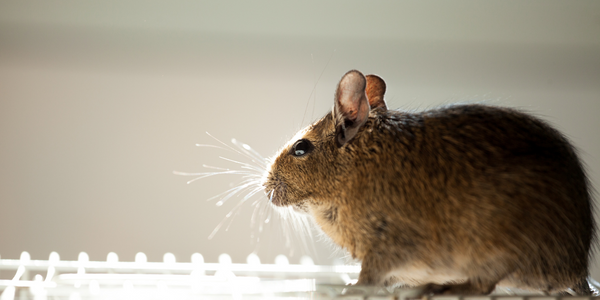Download PDF
IoT Testing for Home Automation: A Case Study

Technology Category
- Robots - Wheeled Robots
Applicable Industries
- Consumer Goods
- National Security & Defense
Applicable Functions
- Quality Assurance
Use Cases
- Experimentation Automation
- Leasing Finance Automation
Services
- Hardware Design & Engineering Services
- Testing & Certification
The Challenge
The client, a leading consumer products company and a member of the Russell 1000 Index, was an emerging player in the home automation space. They offered electronic keyless entry locks for residential use, with home automation applications that enabled users to control lighting and security systems. The challenge was to ensure that the hardware and software of these IoT products worked seamlessly, with the security and performance of the IoT environment guaranteed. The client wanted to ensure that new features in the home automation platform were thoroughly tested before launch. This included QA for Wi-Fi door locks (software and firmware), interoperability testing, multi-country (localization) testing, automation of the Regression Suite (web/mobile/API), and performance and security auditing. The multiple scenarios that needed to be tested and the frequency of releases necessitated a move towards test automation.
The Customer
Leading consumer products company and a member of the Russell 1000 Index
About The Customer
The customer is a leading consumer products company and a member of the Russell 1000 Index. They offer a broad portfolio of market-leading brands that include products such as home appliances, residential locksets, and builders’ hardware. The client is an emerging player in the home automation space, offering electronic keyless entry locks for residential use. The home automation applications enable users to control lighting and security systems. They were looking to ensure that new features in their home automation platform were thoroughly tested before launch.
The Solution
The solution involved partnering with the client for manual and automation testing of IoT products, which comprised mobile, web, and backend services. The team designed the wireframes after reconciliation, analysis, and documentation of requirements. Once the wireframes were finalized, test and use cases were created in the test management tool, TestLink. This served as the primary reference document for testers, developers, and business users. During this phase, the test strategy was also defined. Automation was used to cover areas that were difficult to test manually considering different combinations possible. This significantly reduced the large testing cycle of the smart lock applications. The team also utilized Selenium, an open-source test automation tool, to save considerable costs.
Operational Impact
Quantitative Benefit
Related Case Studies.
.png)
Case Study
Improving Vending Machine Profitability with the Internet of Things (IoT)
The vending industry is undergoing a sea change, taking advantage of new technologies to go beyond just delivering snacks to creating a new retail location. Intelligent vending machines can be found in many public locations as well as company facilities, selling different types of goods and services, including even computer accessories, gold bars, tickets, and office supplies. With increasing sophistication, they may also provide time- and location-based data pertaining to sales, inventory, and customer preferences. But at the end of the day, vending machine operators know greater profitability is driven by higher sales and lower operating costs.

Case Study
Series Production with Lot-size-1 Flexibility
Nobilia manufactures customized fitted kitchens with a lot size of 1. They require maximum transparency of tracking design data and individual processing steps so that they can locate a particular piece of kitchen furniture in the sequence of processes.

Case Study
American Eagle Achieves LEED with GE LED Lighting Fixtures
American Eagle Outfitters (AEO) was in the process of building a new distribution center. The AEO facility management team decided to look at alternate options for lighting layout that could provide energy and maintenance savings. AEO would need a full-time maintenance employee just to replace burned-out fluorescent tubes.

Case Study
Revolutionizing Rodent Control
From pet- and child-safe traps, to touch-free and live-catch rodent control solutions, Victor continues to stay committed to producing superior products that meet the varying needs of today’s pest control professionals. And, with a long standing history supporting customers in the food processing, service, and retail settings, Victor knew that strict regulations were costing organizations thousands of dollars in excess overhead trying to manage their rodent-control solutions. Trap inspections in these environments are often difficult and time consuming, requiring personnel to manually check a trap’s status multiple times per day, amounting to over six hours of manual labor. Victor is looking for an innovative way to increase operational efficiencies with the use of technology.







